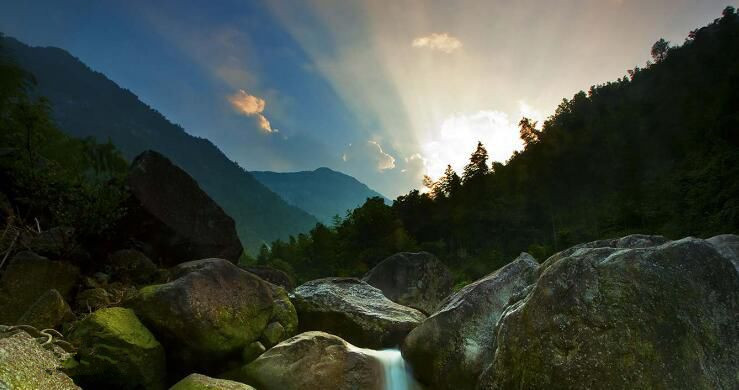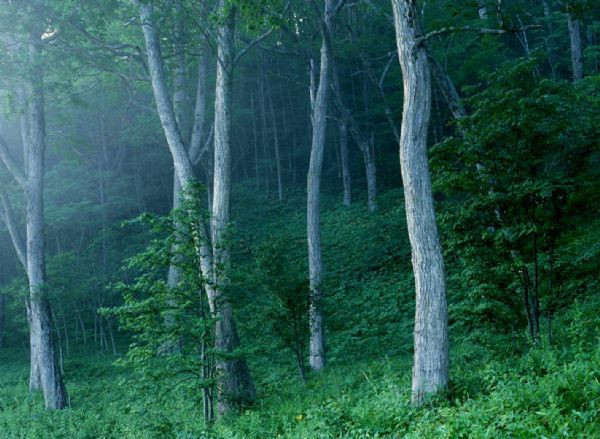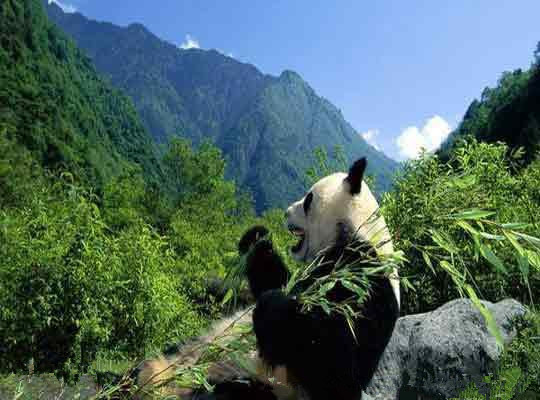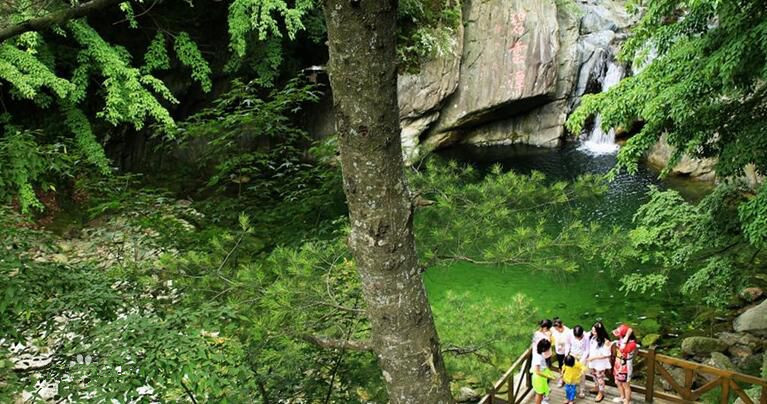Meishucun Nature Reserve in Jinning District, Kunming
Overview
Meishucun Nature Reserve (梅树村自然保护区) was established in 1989 and is located 7 kilometers northwest of Jinning District (晋宁县), Kunming City (昆明市), Yunnan Province (云南省). It is recognized as a provincial-level nature reserve in Yunnan, covering a linear area of 12 kilometers. The primary objective of the reserve is to protect the Cambrian geological profile from the Precambrian period, featuring diverse geological landscapes such as karst mountains, glacial caves, and volcanic terrain. The reserve lies on the southern edge of the Sichuan-Yunnan-Guizhou carbonate platform and the ancient coastal region of the Yunnan-Guizhou plateau, characterized by its unique paleogeographical environment.
Geographical Location:
7 kilometers northwest of Jinning District, Kunming City, Yunnan Province
Attraction Level:
Provincial-level nature reserve
Established:
1989
Geographic Features
The reserve is situated in the central part of Yunnan Province, 7 kilometers northwest of Jinning District, at the southwestern edge of the Yangtze Platform (扬子地台). The geological profile of Meishucun is located on the southern wing of the Xiangtiaochong Anticline, extending east-west, with a dip direction of 140 to 244 degrees and a dip angle of 15 to 17 degrees.
Protected Features
The reserve encompasses various geological features, including karst mountains, glacial caves, and volcanic landforms. It is located at the southern edge of the Sichuan-Yunnan-Guizhou carbonate platform, providing a specific paleogeographical environment. The Cambrian and Precambrian strata in this region exhibit the following characteristics:
- Sediments are primarily composed of endogenous carbonates and phosphates.
- Coastal structures are well-developed, with common features such as ripple marks, cross-laminations, and erosion structures. Shallow water structures are prominent, with coeval granule, sand, and oolitic bioclastic structures as well as phosphatic stromatolites.
- Abundant biological fossils are present, characterized by microfossils and trace fossils.
The geological profile includes sections from Tuan Mountain (团山), Xiaowaitou Mountain (小歪头山), and Badawan (八道湾). This profile is a standard type section for the Lower Cambrian Meishucun Stage (梅树村阶) in China, known for its rare fossils and typical mineral deposits. The vertical evolution of the strata in this profile is consistent with the overall development in eastern Yunnan. The sedimentary area has experienced a gradual deepening of seawater and a transition in paleoclimate from hot and dry to warm and humid. The continuous changes in sedimentary facies, the evolution of biota, and the transitions in material composition highlight the integrative contact relationships among the various groups and sections of the Meishucun profile. Particularly notable is the rich biota and continuous evolution, establishing this profile as a benchmark for the Yangtze platform in eastern Yunnan. The continuous and complete sequence of strata, along with the abundant microfossils and trace fossils, provides significant geological insights for stratigraphic correlation and boundary delineation, as well as favorable conditions for isotopic geological dating of the Precambrian-Cambrian boundary.
In 1984, the reserve was designated by the International Union of Geological Sciences as one of the global candidate sections, and a “golden nail” was embedded here as a permanent cultural artifact.
Climate
Kunming is known as the “Spring City” (春城) and features a temperate plateau humid monsoon climate. With long sunshine hours and mild weather year-round, it is suitable for tourism in all seasons. The average annual temperature in the urban area of Kunming is around 15°C, with the hottest months averaging between 19°C and 22°C, while the coldest months see average temperatures of 6°C to 8°C. The best time for visiting is from March to October, when the scenery is most beautiful, and it coincides with numerous ethnic festivals, as well as the peak season for fruits and flowers. Early spring in March also offers views of snow-capped mountains.


















